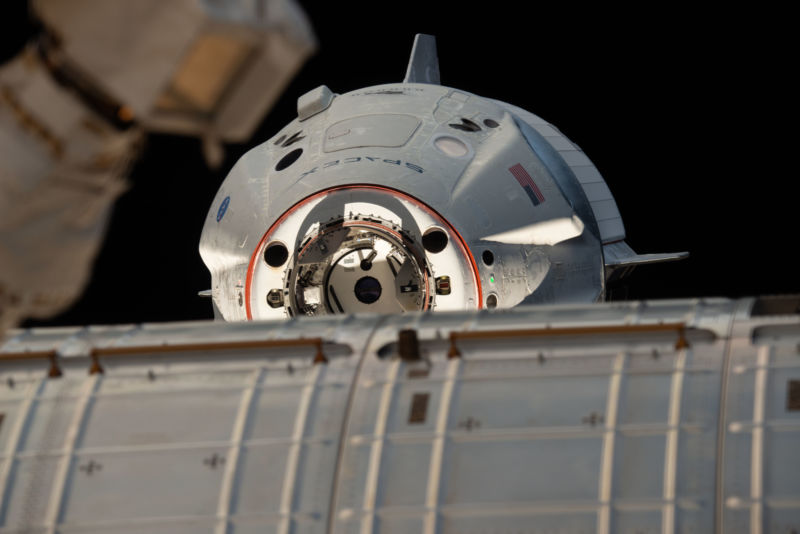
Since issuing a brief statement Saturday after a test of its Crew Dragon vehicle resulted in an "anomaly," SpaceX has not offered additional comment about its ongoing investigation. NASA has not said much, either, outside of stating that it's assisting the investigation and that the agency has "full confidence in SpaceX" to understand and address the problem which appears to have destroyed the crew capsule.
A previously scheduled meeting of NASA's Aerospace Safety Advisory Panel on Thursday, however, did offer a bit more insight into the problem that occurred with the Crew Dragon vehicle at SpaceX's Landing Zone 1 facility in Florida, near the company's two launch sites there.
"The event occurred during a static fire test conducted prior to the in-flight abort test," said Patricia Sanders, chairwoman of the panel charged with ensuring that NASA has a healthy safety culture and mitigates risks where possible during spaceflight.
The Crew Dragon capsule in question is the same one that successfully flew a demonstration mission to the International Space Station in March. On Saturday, the spacecraft was being prepared for a launch-abort flight this summer. During the abort flight, the Dragon would have launched from Florida on a Falcon 9 booster and then fired its powerful SuperDraco engines to show that the Dragon could pull itself safely away from the rocket in case of a problem with the booster before or during flight.
"The firing was intended to demonstrate integrated systems SuperDraco performance in two times vehicle level vibro-acoustic-like for abort environments," Sanders said. Sanders explained that the test was simulating the Falcon 9 rocket below the spacecraft breaking apart and triggering an abort.
"Firing of 12 service section Dracos were successfully performed," she said, noting that the 12 smaller Draco engines used for in-space maneuvering functioned normally. "Firing of eight SuperDracos resulted in an anomaly," Sanders concluded. This suggests the anomaly occurred during or just after the SuperDraco test. Sanders also noted that SpaceX followed all safety protocols for the test and that no one was injured.
Later during the meeting, another member of the safety panel, former astronaut Sandy Magnus, said she understood the public's desire to know more about the accident. Some people, including the editorial board of the Orlando Sentinel, have called for more information to come out immediately.
But SpaceX and NASA should be afforded more time to investigate the accident, Magnus said. "We know that there’s a lot of interest regarding the recent SpaceX mishap," she said. "We are patient." At present, the investigation remains in the phase of securing the accident site, collecting data, and developing a timeline for the anomaly to begin the process of pinning down a root cause.
Both NASA and the safety panel said it is too early to assess how this setback will affect the schedule for SpaceX's planned in-flight abort test and the first crewed Dragon mission. The agency had been working toward an early October crew flight, but that now seems likely to be pushed back into early 2020, at least.
Bagikan Berita Ini















0 Response to "NASA safety panel offers more detail on Dragon anomaly, urges patience - Ars Technica"
Post a Comment